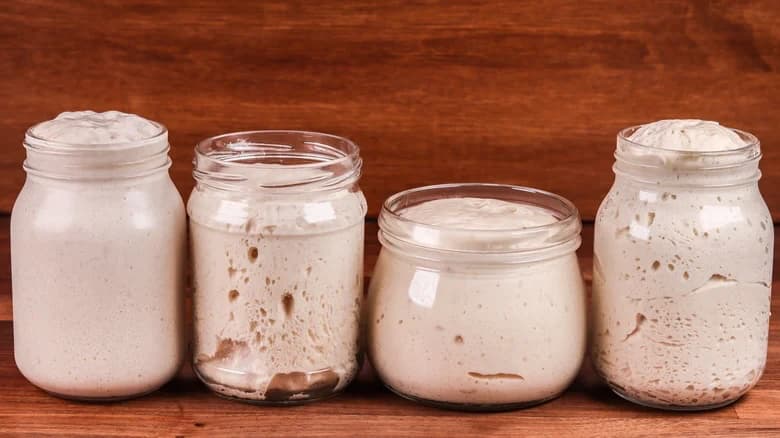Prep Time20 minutes
Fermentation Time16-24 hours
Pizza
DifficultyMedium
Ingredients
- 67g strong bread flour (00 flour or high-protein flour)
- 33ml room temperature water (50% hydration)
- 0.17g fresh yeast (or 0.07g active dry yeast)
- Additional flour for dusting
Instructions
- 1Prepare your workspace: Ensure all equipment is clean and sanitized. Use a digital scale for precise measurements. The water should be room temperature (70-75°F / 21-24°C).
- 2Measure ingredients precisely: Weigh the flour into a large mixing bowl. Measure the room temperature water. If using fresh yeast, crumble the specified amount; if using active dry yeast, measure the specified amount.
- 3Dissolve the yeast: In a small bowl, dissolve the yeast in half of the measured water. Let it sit for 5-10 minutes to activate. The mixture should become slightly foamy, indicating the yeast is active.
- 4Mix the biga: Add the remaining water to the flour and mix with your hands or a wooden spoon. Add the yeast mixture and continue mixing until a stiff, shaggy dough forms. The dough should be firm and barely sticky.
- 5Knead briefly: Transfer the dough to a lightly floured surface and knead for 3-5 minutes until smooth and cohesive. The dough should be firm and slightly tacky but not sticky. Shape into a ball.
- 6First fermentation: Place the biga in a clean, lightly oiled container that's large enough for it to double in size. Cover with plastic wrap or a lid, ensuring it's airtight. Let ferment at room temperature (70-75°F / 21-24°C) for 16-24 hours.
- 7Monitor and assess readiness: Check the biga after 8-12 hours. It's ready when it shows these signs:
• Sweet, slightly acidic aroma (not sour)
• Visible bubbles throughout
• Increased volume by 50-100%
• Slightly domed surface with small cracks
• Slightly sticky texture that breaks apart easily - 8Storage options: Once ready, you can use the biga immediately in your dough recipe, or refrigerate it for up to 48 hours. If refrigerating, let it come to room temperature for 1-2 hours before using.
- 9Prepare for dough mixing: When ready to use, the biga should be at room temperature and still show signs of fermentation activity. It will have a slightly sticky texture and should break apart easily when mixed into your main dough.
Chef's Tips
Tools needed: Digital scale, large mixing bowl, wooden spoon, clean airtight container (glass or food-grade plastic), plastic wrap or lid
Yeast selection: Fresh yeast provides the best results, but active dry yeast works well. If using instant yeast, reduce the amount by 25%
Temperature control: Maintain consistent room temperature (70-75°F) during fermentation. Cooler temperatures will slow fermentation, warmer temperatures will speed it up
Hydration level: This recipe uses 50% hydration for a stiff biga, which is traditional for Italian breads and pizza dough
Fermentation time: 16-24 hours is ideal, but you can extend to 48 hours for more complex flavors. Monitor for over-fermentation signs (excessive sourness, collapsed structure)
Flour quality: Use high-quality bread flour with 12-14% protein content for best results. 00 flour is traditional for Italian recipes
Water quality: Use filtered or bottled water if your tap water has strong chlorine or mineral content
Storage: Refrigerated biga can be used for up to 48 hours. Bring to room temperature before using in your dough recipe
Scaling: This recipe can be scaled up or down. Maintain the 2:1 flour-to-water ratio and adjust yeast proportionally
Troubleshooting: If the biga doesn't show signs of fermentation after 12 hours, the yeast may be inactive or the temperature too low. If it becomes overly sour or collapses, it has over-fermented
Nutrition note: Values shown are for the full biga batch, not per pizza

